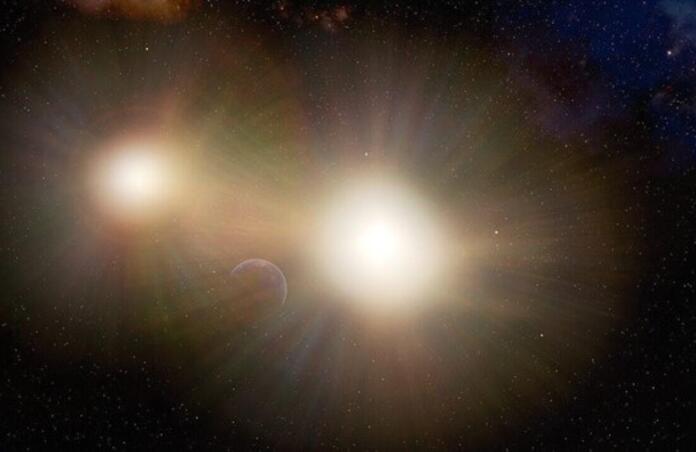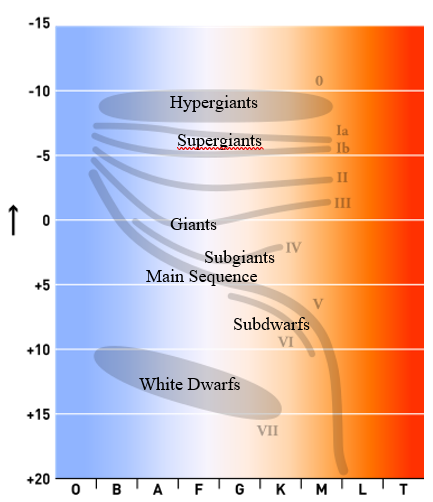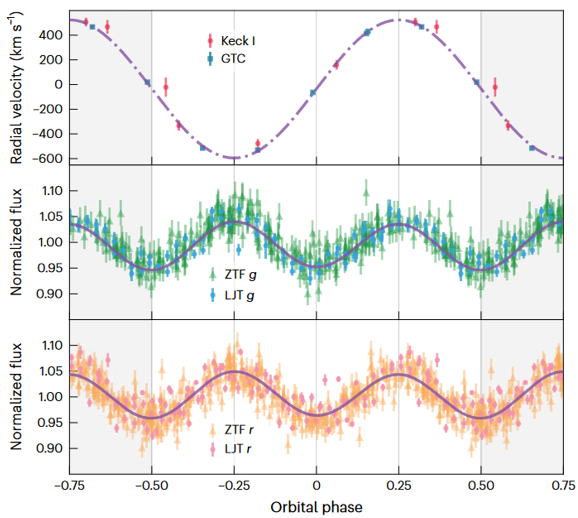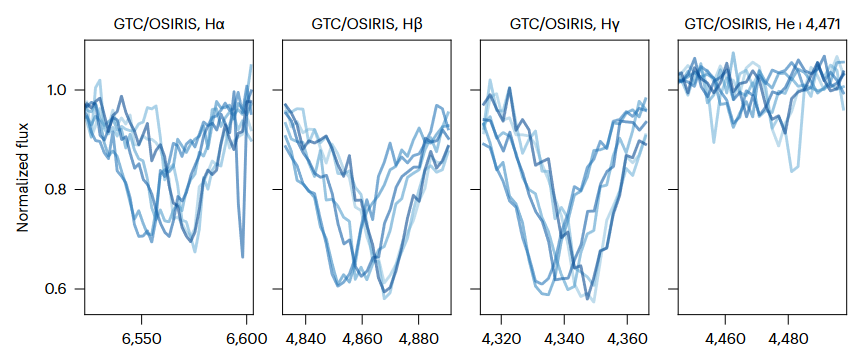Smallest Subdwarf Star Discovered in Ultra-Compact Binary System

There are three primary techniques for studying binary star systems. The first technique, direct imaging, allows astronomers to visually resolve both stars in the binary system when they are sufficiently separated. The second technique involves the observation of light curves, which is particularly useful when the binary's orbital plane aligns with our line of sight. This alignment causes periodic dips in brightness as one star eclipses the other. Lastly, spectroscopic methods are employed when the binary stars are too close to be visually separated. In such cases, the presence of a companion star is inferred from the distinct signatures it leaves in the primary star's spectrum.
Until quite recently, subdwarf stars were considered purely theoretical, with models detailing core ignition and hydrogen-to-helium fusion in extremely small protostars was only published in the mid-20th century. The first subdwarf candidates were observed in 2002, marking a relatively novel area for astronomical investigation. Conclusive classifications began in earnest in 2006. A significant development in this field was a study led by Jie Lin, which focused on TMTS J052610, a unique spectroscopic binary system. This study concluded that the binary system houses the smallest star identified to date, orbiting with the shortest period ever found.

This target was one among the 1,100 variable stars catalogued by the Transient Multi-Object Spectrograph Survey (TMTS), which tracked stars exhibiting periods of variability of less than two hours. The orbital period of this star was verified using photometric light curves, which trace the periodic variation in the system's apparent brightness. The research team reported a variational period of 20.5062426 ± 0.0000053 minutes.

Observations conducted using the 10m Keck I telescope and the 10.4m Gran Telescopio Canarias enabled the team to acquire detailed spectra of the system. This facilitated the determination of radial velocity curves by tracking the time-based changes in the Doppler shift of spectral lines. Additionally, the analysis provided insights into the rotational characteristics of the system through the examination of spectral line broadening. Importantly, the team employed non-LTE (Local Thermodynamic Equilibrium) models to analyse spectral features, particularly those related to hydrogen and helium transitions. This approach allowed for an accurate assessment of the effective surface temperature, gravitational force, and chemical composition of the stellar atmosphere.

By combining the spectral analysis with orbital dynamics, the team were able to calculate the masses and radii of the two stars within the system. Various techniques were then used to constrain the accuracy of their measurements, including analysis of the spectral energy distribution, as well as Bayesian inference.
The study concludes that the visible component of TMTS J052610 is a B-type subdwarf star, orbiting around a CO white dwarf star. They present measurements of the subdwarf component with a radius of ~0.66 R⊙, and a mass of ~0.36 M⊙, likening this result as a star with a radius merely seven times the Earth's radius - smaller even than Saturn, which radius is around ten times greater than the Earth. In comparison, the white dwarf component was found to be ~0.74 M⊙, with no quoted radius. However, it is acknowledged that this star is quite standard for its type.
These findings provide a solid foundation for evolutionary models of J052610, exploring its formation, current state, and future, particularly its potential as a source of gravitational waves due to its ultra-compact nature. The models predict substantial orbital contraction due to gravitational wave radiation, potentially leading to a mass transfer phase and offering insights into the system's eventual fate, which could include merging or evolving into a detached white dwarf-planet system.
--
Journal Source: Jie Lin et al, A seven-Earth-radius helium-burning star inside a 20.5-min detached binary, Nature Astronomy, 2024, https://doi.org/10.1038/s41550-023-02188-2
Cover Image: International Gemini Observatory/NOIRLab/NSF/AURA/J. da Silva
